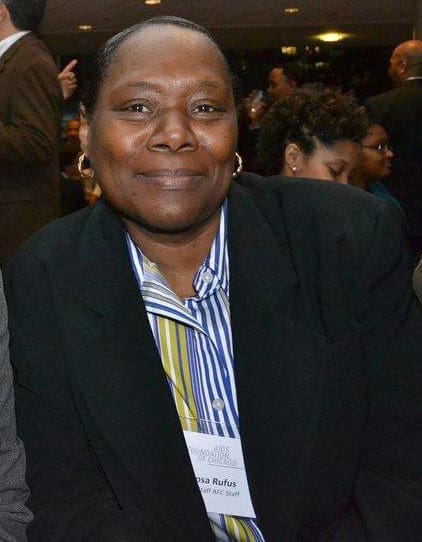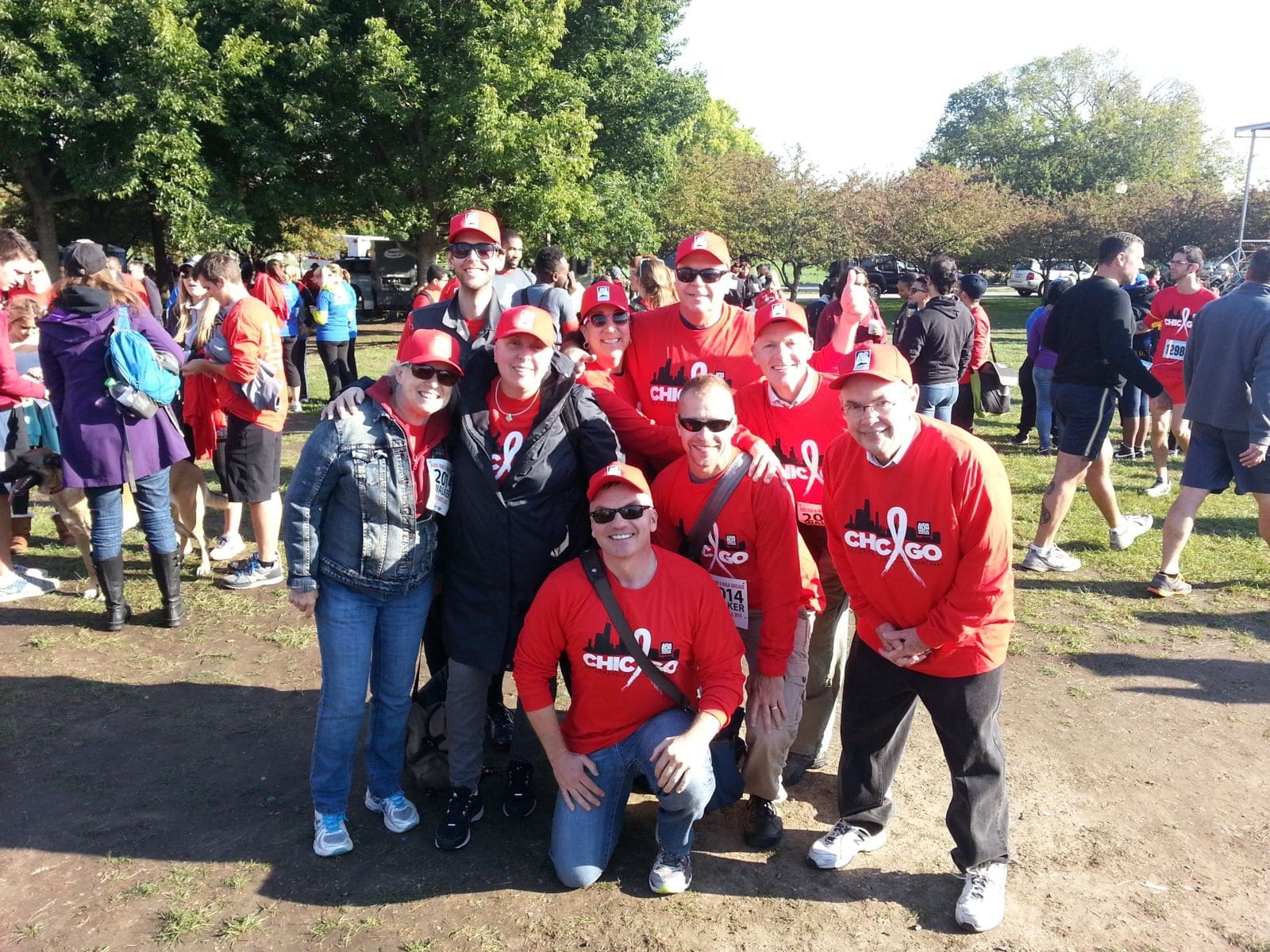AFC Urges Governor, General Assembly to Reverse Decision in the Interest of Public Health
On April 15, the Illinois Department of Public Health (IDPH) announced plans to restrict access to the AIDS Drug Assistance Program (ADAP) to new applicants with incomes at or below 300 percent of the federal poverty level ($32,670 for a single individual) beginning in July. The current limit to qualify for Illinois ADAP is 500 percent of federal poverty ($54,450 for a single individual).
“This is a sad day for the fight against HIV/AIDS in Illinois,” said David Ernesto Munar, President/CEO of the AIDS Foundation of Chicago (AFC). “The new policy will keep ADAP out-of-reach for hundreds of individuals who have nowhere else to turn for help. Many will simply forgo treatment, at great risk to themselves and their partners.”
Jointly funded by the federal and state governments, ADAP provides HIV medications each month to more than 4,200 Illinoisans who have no other means to afford their lifesaving medications, which can cost $18,000 or more per year.
All current program recipients, including those with incomes between 300-500 percent of poverty, will continue to receive ADAP services, provided they meet other eligibility criteria and reapply for the program every six months. Stemming spiraling costs that threaten continuity of care for existing program clients motivated the changes, state officials said.
The announcement comes on the heels of two years of financial pressure on the program. Record numbers of people with HIV became eligible and joined ADAP as a result of the economic downturn, high unemployment, and losses of private health insurance. Illinois has struggled to keep its program solvent in the face of inadequate federal funding. Nationally, nearly 8,000 people with HIV in 11 states are on ADAP waiting lists.
In 2009, Gov. Quinn redirected an additional $7 million, including portions of the state’s HIV prevention, housing and care budgets, toward ADAP to avoid financial collapse. With pressure from state lawmakers to achieve even greater savings in government services to close the historic budget gap, public health officials forecast a $1.8 million shortfall for ADAP in 2012 without cost-containment measures. In addition, Illinois received nearly $5 million this year in one-time supplemental federal funding because the state’s caseload grew so significantly. However, slower growth to date means Illinois may not receive this funding next year.
“We’re fully committed to continuing to work closely with the General Assembly, Governor Quinn, IDPH, and federal lawmakers to identify additional funds that will allow unrestricted ADAP access for Illinoisans who desperately need HIV medications to survive and thrive,” said John Peller, AFC Vice President of Policy.
While unsupportive of the service reductions, AFC recognizes that absent additional state and federal funding, ADAP officials were left with few options to safeguard services for existing ADAP clients.
However, one aspect of the cost-cutting plan that is particularly concerning to AFC is the decision to redefine eligibility criteria rather than institute a waiting list.
“No one wants to see an ADAP wait list in Illinois but if service cuts are unavoidable, a waiting list is preferred to new eligibility criteria,” Munar said. “A waiting list keeps alive hope that the program can be stabilized and that full access can be restored. In addition, a wait list allows the state to closely monitor the health of those denied medications and affords these individuals greater opportunities to seek assistance directly from pharmaceutical companies. A wait list could also make Illinois eligible for emergency federal funding assistance. Finally, the wait list becomes a powerful reminder to public officials about the persistent, unmet needs for HIV medication access.”
Based on past enrollment data, the new eligibility criteria will likely affect 100 or more individuals annually who might otherwise become eligible for ADAP. Many clients in this income bracket are working but uninsured and unable to afford the high cost of HIV medications without assistance. IDPH expects the change in eligibility to save $1.3 million, or just under 3 percent of program costs.
“Denying access to HIV medications will cost taxpayers in the long-run,” Munar noted. “Without medication access, HIV-positive people are at high risk of dangerous opportunistic infections, costly hospital stays, and irreversible damage to their health. Just as important, HIV-positive people can dramatically reduce chances of transmitting the virus to others by adhering to a regular medication treatment. Illinois might save $1.3 million now, but the state will likely foot the bill later in increased hospital care and more cases of HIV transmission.”
As part of a responsible budget response, AFC urges Illinois officials to consider creative solutions, such as pursuing a waiver application with the federal government to expand Medicaid coverage for non-disabled low-income people with HIV. The Obama Administration directed the federal Medicaid program to create a streamlined application process for expanded HIV care as part of the National HIV/AIDS Strategy. Illinois should explore this option as a way to match its state HIV investments with federal Medicaid funds. Doing so will effectively decrease the need for ADAP.
In addition, AFC urges the Illinois House to abandon its artificially low revenue estimate for the next state fiscal year. This overly conservative estimate will force $1.3 billion in needless funding cuts to vital programs such as ADAP. The General Assembly and Governor Quinn should also consider other measures to prevent loss of state revenue, such as requiring businesses to follow current depreciation rules instead of newly enacted federal rules. This change would retain several hundred million dollars in state revenue that would otherwise be lost.
For more information on ADAP, visit www.aidschicago.org/adap. View the April 15 IDPH memo.


